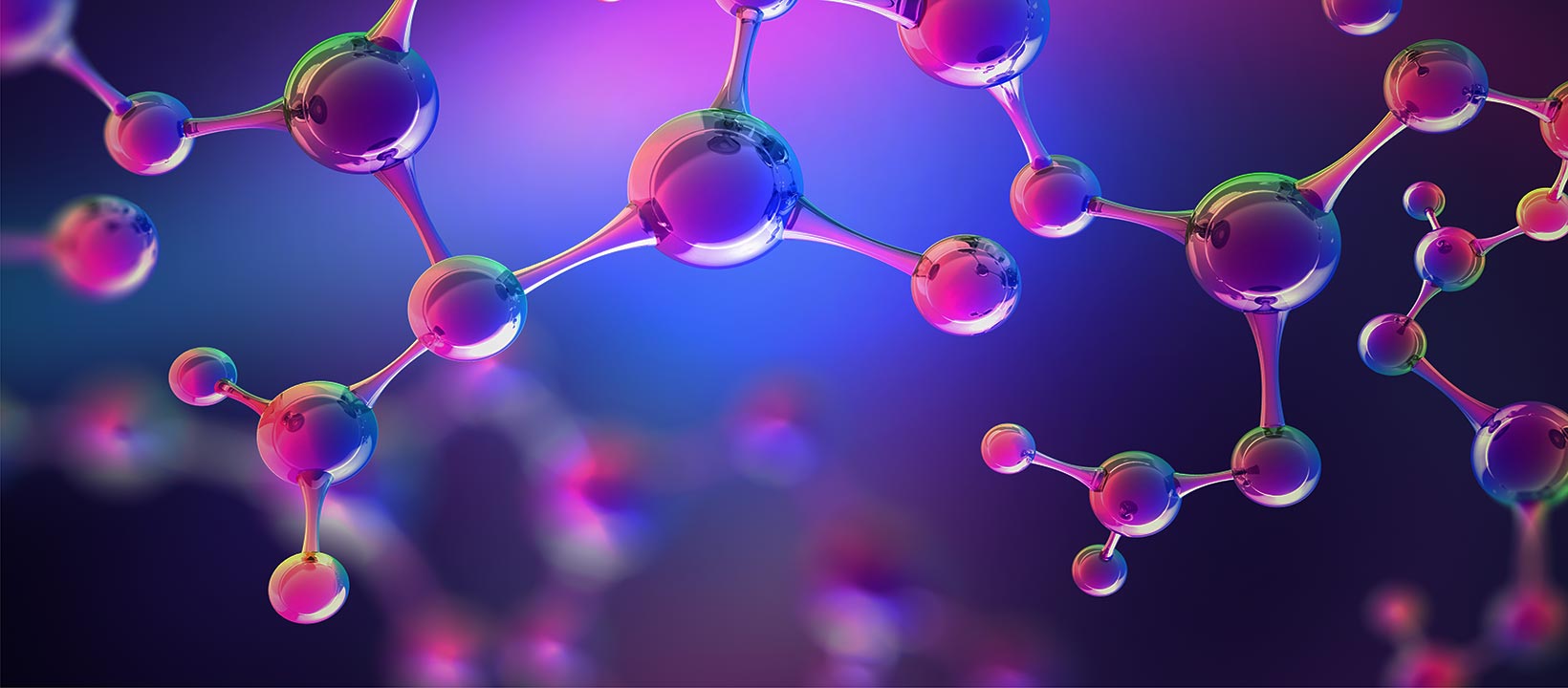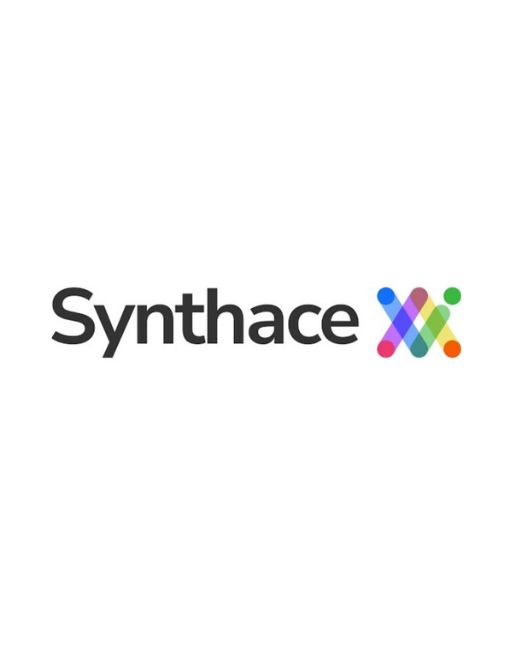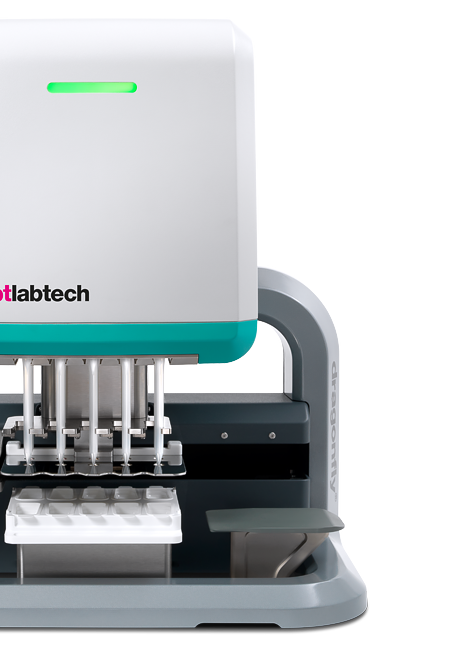
- Applications
-
Products
-
Liquid Handling
- firefly Accelerate genomic research with innovative all-in-one, compact liquid handling
- mosquito Nanolitre liquid handling technology performs ‘traditional’ tasks at a fraction of the volume, and higher speeds
- dragonfly Delivers accurate and repeatable nanolitre to milliliter dispensing
- apricot Automated liquid handling instrumentation for convenient general use across your entire team
- Sample Preparation
-
Sample Management
- comPOUND A scalable, reliable, and secure compound management solution
- BioMicroLab Easy-to-use sample management automation instruments
- arktic Robust biospecimen storage and management down to -80°C
- lab2lab Novel sample and data transfer network system
- comPACT Reliable and efficient -20°C storage and retrieval has never been more accessible
-
Liquid Handling
-
About
- Company With a focus on liquid handling, sample preparation and sample management, our expert teams create state-of-the-art solutions that scientists and researchers can trust Culture We have one overarching mission: to work together to accelerate life science research. Through our innovative solutions and state-of-the-art tools, we believe we can make a real difference to human health Partners Collaboration is key in our mission to make a real difference to human health. Partnering with application leaders globally, we co-create to solve new challenges across the life sciences. Innovation From the initial prototype through to manufacturing, installation and beyond, we bring a problem-solving mindset and technical expertise to drive innovation
-
Executive Leadership
 Through strategic guidance, visionary thinking, and a relentless pursuit of excellence, our senior executives steer SPT Labtech towards achieving its mission of making a real difference to human health through solving advanced laboratory challenges.
Learn more
Through strategic guidance, visionary thinking, and a relentless pursuit of excellence, our senior executives steer SPT Labtech towards achieving its mission of making a real difference to human health through solving advanced laboratory challenges.
Learn more 
-
View all
 Board of Directors
Board of Directors
 Our Board of Directors are committed to driving the long-term success and sustainability of SPT Labtech, providing expert guidance and oversight to execute the company’s ambitious commercial strategy.
Learn more
Our Board of Directors are committed to driving the long-term success and sustainability of SPT Labtech, providing expert guidance and oversight to execute the company’s ambitious commercial strategy.
Learn more 
-
Knowledge Base
- Resources Our wide range of insightful resources include videos, whitepapers, eBooks, application notes and more Events & Webinars Meet the SPT team at events all over the globe and virtually via our webinars Podcast We chat with innovators and leaders from across the community to gain their unique insights. News Latest news from SPT Labtech globally Blog Our latest blog posts feature trends in research, innovative techniques and new technology
-
11 December, 2025
 5 Key Sample Management Automation Trends for 2025- 2026: An Interview with SPT Labtech’s Cory Tiller
Continue reading
5 Key Sample Management Automation Trends for 2025- 2026: An Interview with SPT Labtech’s Cory Tiller
Continue reading 
-
04 December, 2025
.jpg?length=320&name=SBTi%20Target%20Announcement,%20mktg%20(1200%20x%20800%20px).jpg) Delivering Sustainable Science: SPT Labtech Validates GHG Reduction Targets to Meet Customer Needs
Continue reading
Delivering Sustainable Science: SPT Labtech Validates GHG Reduction Targets to Meet Customer Needs
Continue reading 
-
20 November, 2025
 SPT Labtech enables automated PacBio Kinnex full-length RNA-seq library preparation workflow on SPT’s firefly platform
Continue reading
SPT Labtech enables automated PacBio Kinnex full-length RNA-seq library preparation workflow on SPT’s firefly platform
Continue reading 
10
- Careers
- Home
- Drug Discovery
- Design Of Experiments (DOE)
Design Of Experiments (DoE)
In drug discovery, DoE enables systematic testing and optimization of multiple variables, to understand the relationships between factors affecting an experiment and accelerate discovery workflows in a resource-efficient way.
Design of Experiments (DoE) in Drug Discovery
Design of Experiments (DoE) is a statistical approach that allows researchers to investigate the impact of multiple experimental factors at once. It allows scientists to make confident, data-driven decisions quickly and streamline workflow optimization.
An incredibly valuable method in drug discovery, DoE replaces traditional one-factor-at-a-time (OFAT) approaches to experimental design with a multifactorial approach, and holds promise to accelerate assay optimization, increase assay robustness, and facilitate better resource management.
How does automation enhance DoE?
The primary advantage of DoE in drug discovery is its efficiency. Traditional trial-and-error methods are time-consuming and resource-intensive. DoE, however, allows researchers to evaluate multiple variables simultaneously, reducing the number of experiments needed and increasing the speed of discovery. It also enhances the reliability of results by providing a structured framework for data analysis, minimizing human error, and improving reproducibility. This approach supports the identification of optimal conditions for drug development, leading to higher success rates and cost savings.

Boosting DoE with automated non-contact dispensing
SPT Labtech’s non-contact reagent dispenser, dragonfly® discovery, is designed to complement DoE methodologies, enabling scientists to leverage the full potential of such a powerful technique. With high speed and accuracy, dragonfly sets up complex assays at a throughput simply not possible by hand. By utilizing true positive displacement technology, dragonfly offers superior low-volume dispense performance for all types of liquid. This versatility, combined with gentle handling, means that dispensing solvents, buffers, detergents, and bead or cell suspensions can be done without any need for complex configuration.
Available with 3, 6, or 10 dispense heads, dragonfly can be tailored to meet specific research needs—whether prioritizing speed by filling a 384-well plate in under a minute or managing complexity by dispensing up to 10 different liquids simultaneously. The non-contact dispensing feature allows for the preparation of multiple assay plates using minimal syringes, significantly reducing consumable costs and environmental impact.
.jpg)

What do our partners say?
"The thing that makes dragonfly such a good fit for DoE is its precision. At Synthace, we’ve been running complex DoE workflows for a long time. Traditional liquid handlers typically require contact to meet the required level of precision, and so frequent tip changes leads to large amounts of waste and time inefficiency. dragonfly’s liquid agnosticity and non-contact dispensing eliminate these issues, meaning we can perform more complex experiments than we thought possible. We were so excited when we realized its capabilities."
Markus Gershater
Chief Scientific Officer and Co-Founder, Synthace

dragonfly® discovery
dragonfly discovery delivers fast and reliable non-contact dispensing for all liquid types thanks to its positive displacement technology. Highly accurate low volume dispensing and ultra-low dead volumes allow researchers to minimize reagent costs, save time and standardize protocols.
Explore dragonfly discovery
Partners
Collaborations inspiring ingenuity
Collaboration is key in our mission to make a real difference to human health. Partnering with application leaders globally, we co-create to solve new challenges across the life sciences.
Key Resources
On-demand Webinar ➤➤➤
01.
Optimizing multi-cellular models for high-throughput screening
Explore recent research which has combined Design of Experiments methodology with automated liquid handling to develop a cardiotoxicity assay platform. We discuss how this approach could become routine in the future, not only offering more accurate predictability of new drug candidates, but also enabling researchers to leverage resources more efficiently through streamlined workflows and data-driven decision-making.

On-demand webinar ➤➤➤
02.
DOE for discovery
As a methodology, DOE (design of experiments) used to be out of reach for many but is now far more accessible and scalable. With the right combination of software and hardware, a lot of the hard work is already done for you.

Application note ➤➤➤
03.
A high-dimensional space-filling DOE for assay development
To address the challenge of pharmaceutical assay development cycles, we combined the speed and accuracy of dragonfly discovery with the flexible planning and data aggregation capabilities of Synthace. This allowed for the execution of a 6-factor space-filling DOE campaign in a single rapid experiment.


